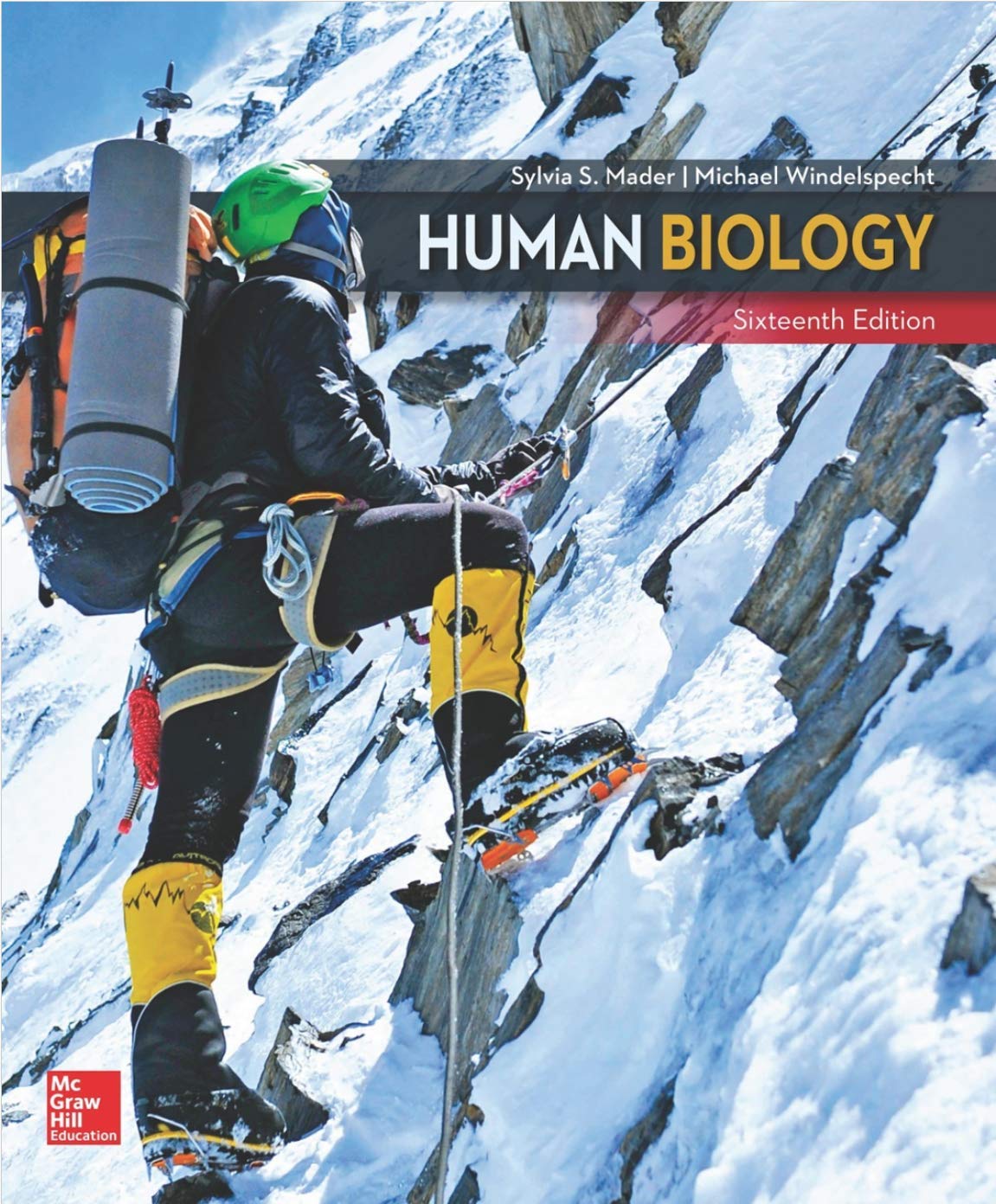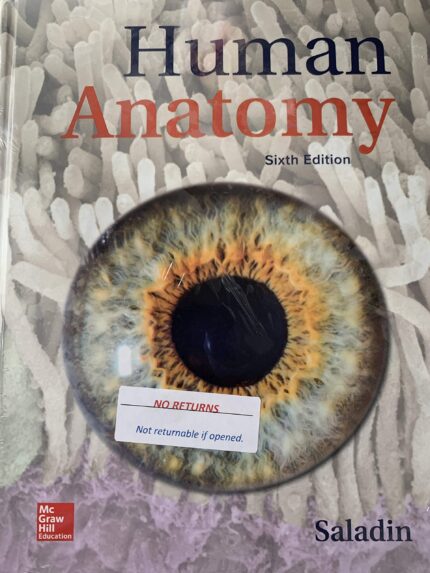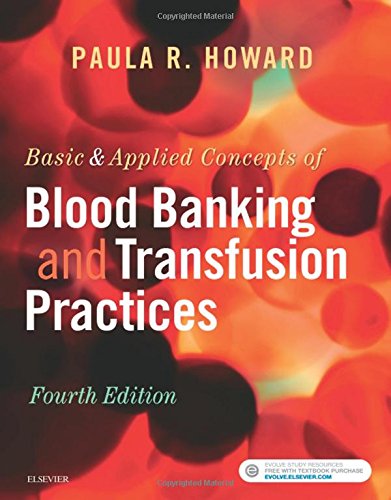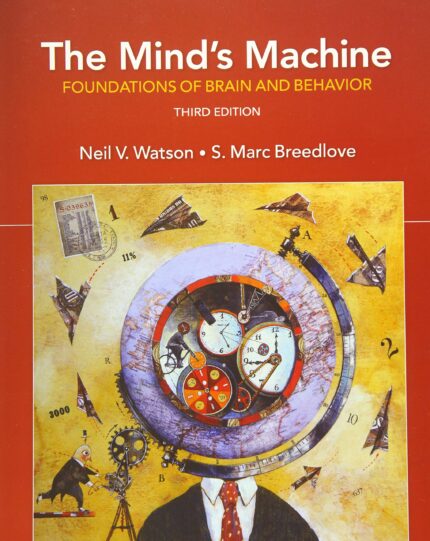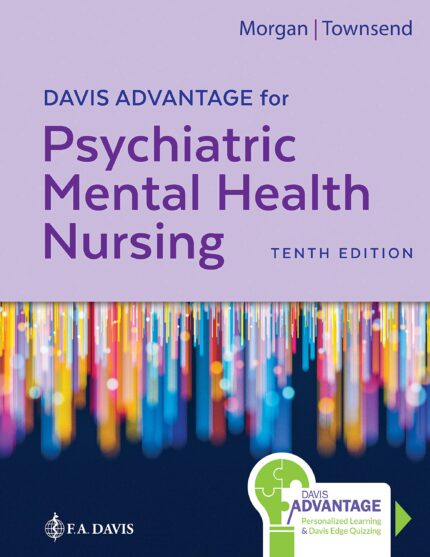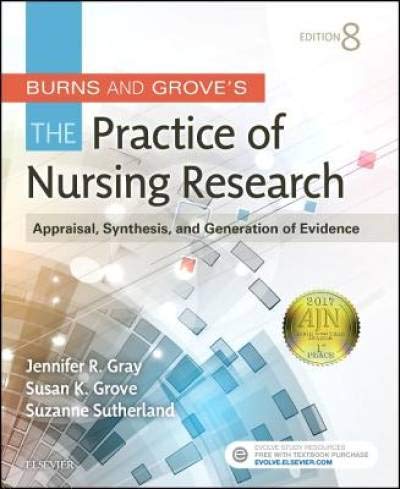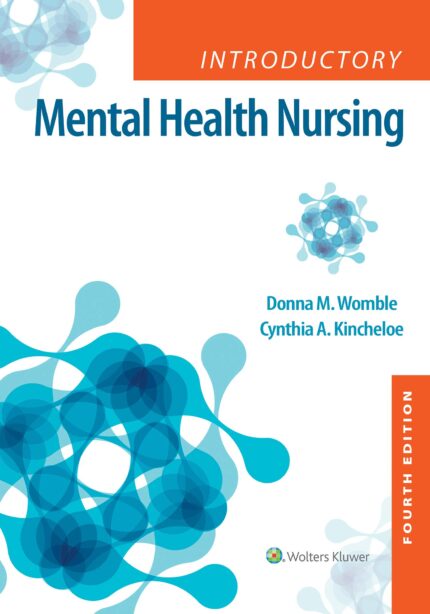Test Bank For Human Biology 16th Edition by Mader
Test Bank For Human Biology 16th Edition by Mader
Human Biology 16th Edition by Mader – Test Bank
Human Biology 16th Edition by Mader
Human Biology 16th Edition
Human Biology, 16e (Mader)
Chapter 1 Exploring Life and Science
1) The scientific study of life is called
A) biology.
B) ecology.
C) anatomy.
D) biochemistry.
E) limnology.
2) A complex individual that consists of organ systems is known as a(n)
A) community.
B) population.
C) organism.
D) tissue.
E) species.
3) All of the ecosystems on the planet together are called the
A) atmosphere.
B) hydrosphere.
C) biosphere.
D) lithosphere.
E) stratosphere.
4) In a swamp, all of the alligators would represent a(n)
A) organism.
B) population.
C) community.
D) ecosystem.
E) biosphere.
5) The region in which populations interact with each other and with the physical environment is
called a(n) community.
6) The region in which populations interact with each other and with the physical environment is
called a(n)
A) entity.
B) ecosystem.
C) biosystem.
D) community.
E) biosphere.
7) All of the changes that occur starting from the time an egg is fertilized and continuing through
childhood, adolescence, and adulthood are called
A) metabolism.
B) evolution.
C) homeostasis.
D) reproduction.
E) development.
8) Which of the following statements most correctly defines homeostasis?
A) All living organisms are alike.
B) Living organisms do not change much over time.
C) Human beings and other animals acquire materials and energy when they eat food.
D) It takes energy to maintain the organization of the cell.
E) Cells and organisms maintain a fairly constant internal environment.
9) The face of a sunflower turns to follow the sun as it moves across the sky. This is an example
of
A) metabolism.
B) homeostasis.
C) response to stimuli.
D) development.
E) reproduction.
10) Choose the correct order (1–5) of incNrUeaRsSinINgGcToBm.CpOleMxity/organization.
A) (1) tissues, (2) organ systems, (3) cells, (4) organs, (5) organism
B) (1) cells, (2) organ systems, (3) tissues, (4) organs, (5) organism
C) (1) tissues, (2) organs, (3) organ systems, (4) cells, (5) organism
D) (1) cells, (2) tissues, (3) organs, (4) organ systems, (5) organism
E) (1) organism, (2) organ systems, (3) organs, (4) tissues, (5) cells
11) Fish have scales that enable them to live in a water environment. This is an example of
A) homeostasis.
B) adaptation.
C) metabolism.
D) development.
E) cellular organization.
12) The domain Eukarya contains kingdom(s).
A) one
B) two
C) three
D) four
E) five
13) Traditions, beliefs, and values are considered what aspect of human life?
A) communicative
B) cultural
C) instructional
D) biological
E) chemical
14) The cell you are examining under the microscope appears to contain a nucleus. This
organism belongs to the domain
A) Bacteria.
B) Archaea.
C) Eukarya.
D) Animalia.
E) Fungi.
15) Which organisms are most closely related to humans?
A) spiders
B) earthworms
C) parakeets
D) meerkats
E) snakes
16) Humans evolved from apes.
17) Only humans have a language that allows for the communication of information and
experiences symbolically.
18) Humans clear forests to grow crops, and they build houses and cities. What are these an
example of?
A) how humans modify the biosphere
B) how humans preserve ecosystems
C) the high-value humans place on biodiversity
D) the positive impact of humans on life on Earth
E) how humans do not need the rest of life on Earth
19) Humans are part of the biosphere and must live in harmony with it if we are to survive as a
species.
20) observations are supported by factual information, while observations
involve personal judgment.
A) Subjective; analytical
B) Objective; analytical
C) Objective; subjective
D) Objective; hypothetical
E) Subjective; theoretical

